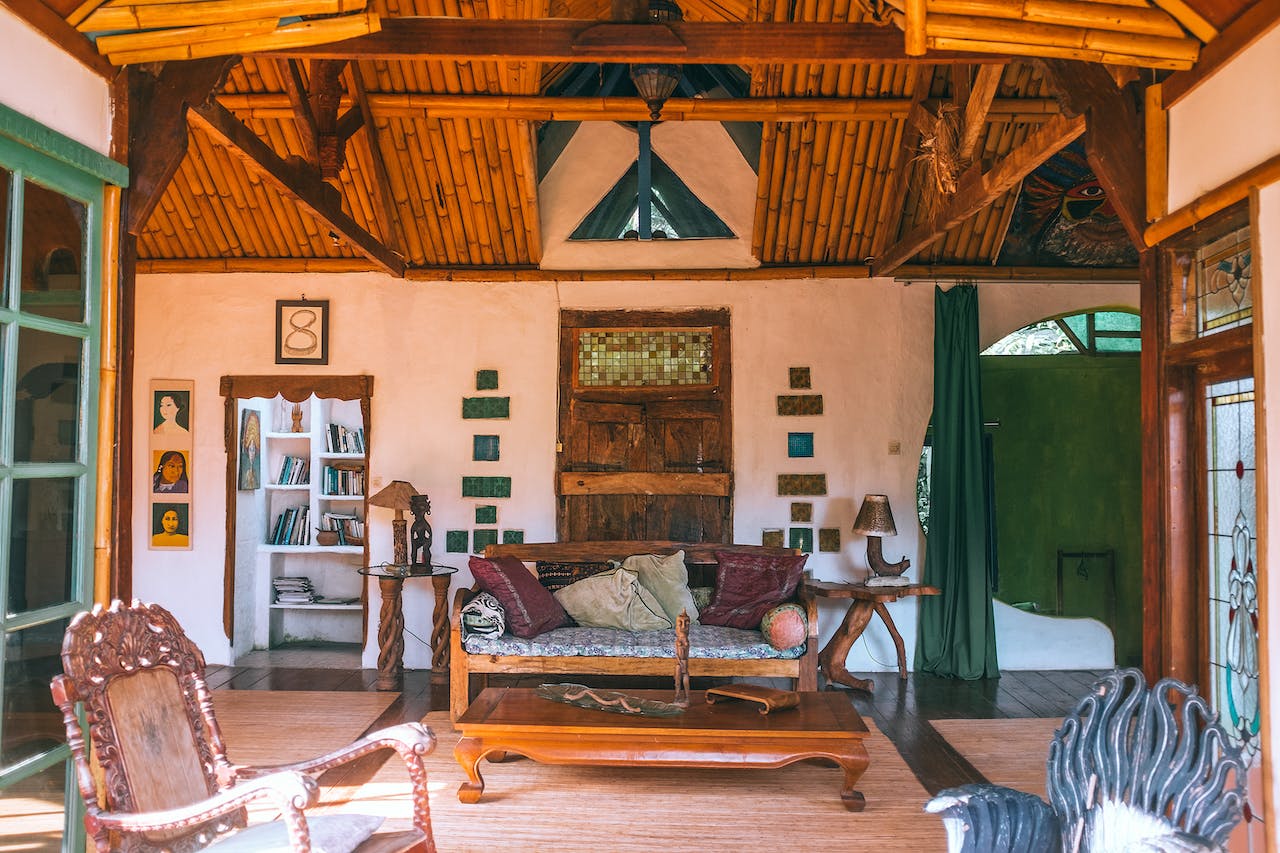Sustainable Design and Eco-Friendly Practices for Designers
Posted on 13 Nov, 2023

Sustainability is more than just a trend, it's becoming an essential aspect of interior design in the UK. From reducing carbon footprints to promoting healthier indoor spaces, there are countless reasons why it should be at the forefront of every designer's mind.
In this blog, we have explored the importance of sustainable design and how it can transform not only our living spaces but also our planet. From innovative materials to energy-efficient solutions, get ready to be inspired by the possibilities of creating stunning interiors that are kind to both style and nature.
Eco-friendly materials and finishes for interiors
As the world becomes increasingly aware of the need to protect the environment, it's no surprise that eco-friendly and sustainable materials and finishes are gaining popularity in the field of interior design. Not only do these options help reduce our carbon footprint, but they also contribute to a healthier indoor climate. One such material is bamboo, which has gained recognition for its fast-growing nature and durability. It can be used for flooring, furniture, and even decor pieces. Another option is cork, which is harvested from the bark of cork oak trees. This renewable resource provides an excellent sound barrier and insulation properties while adding a unique texture to any space.
When it comes to finishes, low VOC paints have become increasingly popular as they emit fewer harmful chemicals into the air compared to traditional paints. These volatile organic compounds (VOCs) can release toxins that contribute to poor indoor air quality and health issues. Luckily, there are now many brands offering environmentally friendly paint options in a wide range of colours. Additionally, reclaimed wood has become highly sought after as a sustainable alternative to new wood products. By repurposing old boards or salvaging logs, we can create unique furniture pieces with a history while promoting responsible forestry practices.
Energy-efficient lighting and appliances
Energy-efficient lighting and appliances play a crucial role in sustainable interior design and eco-friendly practices. In recent years, there has been a growing demand for energy-saving options that can help reduce carbon emissions and save on electricity bills. LED lights, for instance, are one of the most popular choices due to their low energy consumption and long lifespan.
But it is not just about lighting, choosing energy-efficient appliances is equally important. Checking energy efficiency labels when purchasing new appliances ensures they are designed to consume less electricity whilst maintaining high performance standards.
Water conservation strategies for interior spaces
Water conservation is a critical aspect of sustainable design in interior spaces. By implementing various strategies, designers can significantly reduce water usage and contribute to a more eco-friendly environment. One such approach is the use of low-flow fixtures, such as taps and shower heads, which regulate water output without compromising functionality. Additionally, rainwater-harvesting systems can be incorporated that capture and store rainwater for reuse in irrigation or toilet flushing.
Another effective strategy for water conservation in interior spaces is the integration of grey water recycling systems. These systems collect and treat wastewater from sinks, showers, and laundry machines, filtering it for reuse in non-potable applications like watering plants or cleaning purposes. This not only minimises the reliance on freshwater sources but also reduces the burden on sewage treatment facilities.
Indoor air quality and eco-friendly furniture options
One key aspect of sustainability that is often overlooked is indoor air quality. Many traditional building materials and furnishings release harmful chemicals into the air, leading to a variety of health issues. By using eco-friendly materials such as non-toxic paints, low VOC carpeting, and natural fibres for upholstery, designers can greatly improve indoor air quality and create healthier environments for their clients.
When it comes to furniture options, there are numerous eco-friendly choices available today. There are companies specialising in producing furniture made from sustainable sources such as bamboo, recycled plastic, or FSC-certified wood. These alternatives not only reduce carbon emissions but also promote responsible forestry practices and minimise environmental impact.
Incorporating biophilic design principles into interiors
Incorporating biophilic principles into interior spaces not only promotes a connection with nature but also contributes to eco-friendly and sustainable design. By integrating natural elements such as plants, sunlight, and water features, biophilia aims to create healthier and more inspiring environments. This approach not only enhances the aesthetic appeal of a space but also has numerous benefits for both people and the planet.
One key aspect of biophilic design is the use of natural materials like wood, stone and bamboo instead of synthetic ones. These materials are renewable resources that have a lower carbon footprint compared to their synthetic counterparts. Additionally, incorporating sustainable practices in sourcing these materials can further reduce environmental impact. For instance, using reclaimed wood or repurposed furniture can give a space a unique character while promoting sustainability by reducing waste.
Biophilic design emphasises maximising views to nature outside and creating connections with the surrounding environment. This can be achieved through the strategic placement of windows that allow for ample natural light and provide views of greenery or landscapes. Such designs not only bring in sunlight but also reduce energy consumption by minimising the need for artificial lighting during the day. With increased access to natural light comes improved mood and productivity among occupants while reducing reliance on electricity generated from non-renewable sources.
The future of sustainable interior design
Sustainable interiors is not just a passing trend, but rather the future of the industry. As more people become aware of the importance of protecting our environment, the demand for eco-friendly and socially responsible designs will continue to grow. Designers who embrace sustainable practices and incorporate them into their work will be at an advantage in this evolving field.
If you're looking for new opportunities in the design industry, register your CV with Careers in Design today to stay updated on the latest vacancies and position yourself for success in the industry.
Posted in: Interior Design
